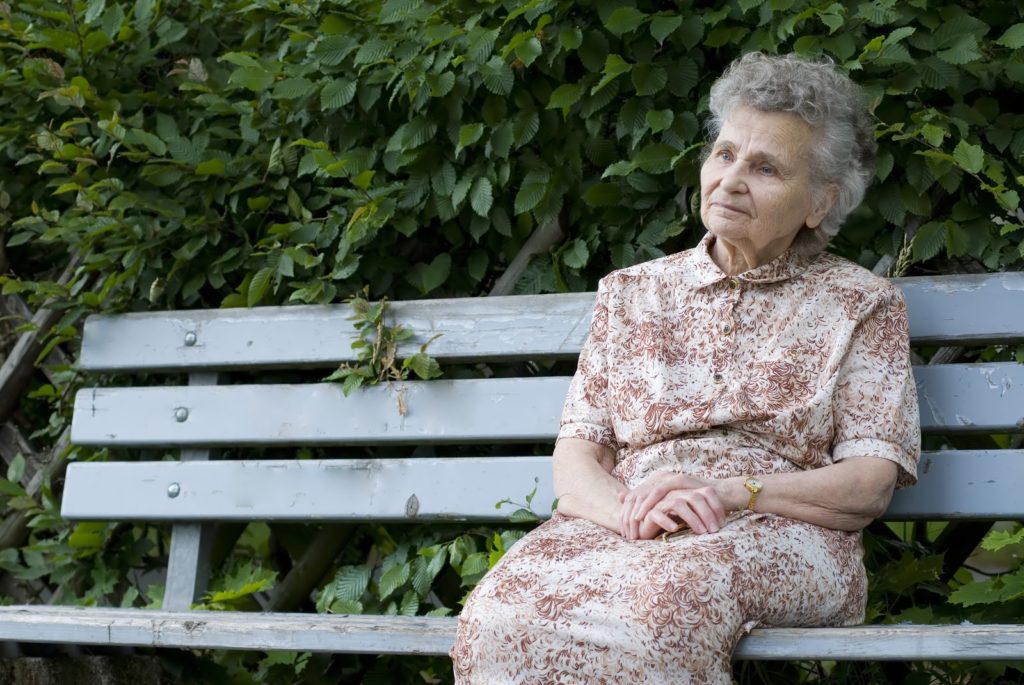How a Stroke In The Right brain Affects The Body & How to Recover

Two is stronger than one, and your brain is no exception to the adage. What many people may not realize is that your brain consists of two distinct parts that work together as one, much like your eyes or ears. Essentially, each side of the brain—left and right—is responsible for carrying out specific tasks. An easy way to understand this concept is to imagine a photograph of a loved one or friend. Immediately, the right side of your brain will see that it's a person in a kind of setting (visual). But the left side of the brain will be the one to associate that person and place with a specific memory (analytical). You may have heard people say that they're more “left-brained” or “right-brained”; they are identifying with the side of their brain, and its associated processes, that they feel is more dominant in their thinking. This symbiotic relationship is crucial to how everyone's mind processes and stores information, so when either side of the brain is damaged by a stroke, there can be specific repercussions. In most cases, a stroke occurs on one side of the brain. In this article, we examine the right brain in particular, its functions, and share what processes may be affected by a stroke.
What Does The Right Brain Control?

When it comes to physical movement, the right side of the brain is responsible for carrying out functions for the left side of the body. The same is true for the opposite—the left side of the brain controls the right side of the body. Although we essentially live with crossed wires in our system, the same principles don't necessarily apply when it comes to certain cognitive functions for each. Specific duties performed by the right side consist of:
- Spatial Reasoning
- Musical Comprehension
- Basic Object Recognition
- Creative Abilities
- Emotion
- Imagination
Taking these things into consideration, it's easy to see why any disruption to the right brain can be devastating. Unfortunately, a stroke can occur on either side of the brain depending on where the damage takes place. If you or a loved one has suffered from a right brain stroke, it's important to be aware of what kinds of complications may arise.
Possible Effects Of Right Brain Stroke on Survivors
Suffering from a right brain stroke is certainly difficult to endure and overcome but, by increasing your awareness of what the potential side effects are, you can better prepare yourself for the road to recovery.
Potential Effects Of A Right Brain Stroke Consist Of:
- Loss of Mobility and Control of the Left Side of the Body: Like what was mentioned above, damage to the right side of the brain can result in a loss of functionality in the left side of the body. This means that a stroke survivor can potentially lose the ability to move their left hand, arm, leg, foot, or left-side face muscles.
- Unilateral Neglect: Mostly prominent in right-brain affected stroke patients, Unilateral Neglect (or Hemispatial Neglect) refers to an unawareness of objects to one side of the body or personal space. In severe cases, a side can be completely ignored when carrying out certain tasks and everyday functions.
- Denial Syndrome or Anosognosia (Self-awareness): Due to various parts of the brain that remain unaffected after a stroke, stroke survivors will mentally believe that they are carrying out their physical functions in a normal fashion despite their actual inability to do so. These issues can also lead to a stroke survivor not wanting to undergo physical rehabilitation, which can put them at risk for further injury if left unresolved.
- Emotional Indifference: A lack of emotion or change in emotional affect can be exhibited after a stroke, rendering the survivor to act as if nothing serious—physical or mental—needs to be addressed. This kind of indifference or unmotivated behavior can make initiation of or following through with the rehabilitation process difficult. Learn more about coping with emotional changes after stroke here.
- Visual & Spatial Issues: Stroke survivors can experience a myriad of issues when it comes to visual and spatial comprehension. Primarily, a survivor will have trouble judging their location amid objects in their surroundings. This can manifest in difficulty feeding themselves, climbing up and down stairs, and changing clothes. Additionally, one may lose the ability to visually and mentally recall certain objects. A new rehab approach for retraining the brain in these areas is with the use of virtual reality. Learn how the SaeboVR can make recovery exercises fun!
- Social Challenges: In many cases, a stroke survivor will have a difficult time recognizing certain social behaviors and cues. Things like body language, nonverbal communication, humor and sarcasm have the potential to go unnoticed.
- Lack of Focus: One may not be able to give their full attention to a subject for extended periods of time. This inability can also surface if a stroke survivor is trying to follow directions, answer questions, or solve problems with basic reasoning practices (instinctual errors).
- Loss of Hearing & Musicality: When considering the range of variables that make up one's persona—emotions, actions, and mental processes—it's important to realize that a person's hearing and understanding is made of similar components. This means that a stroke survivor may have trouble picking up on certain sounds, which could result in miscommunication or an inability to appreciate the musicality of speech and tone altogether.

Treatments for Right Brain Strokes
For any survivor to begin to see positive changes after a stroke, the rehabilitation process must start right away. Of course, the pathway to recuperation will be different for every individual, but the process that must always take effect in order to see results is something called neuroplasticity. Neuroplasticity, in essence, refers to the regenerative properties of the brain—a re-establishment and rearrangement of neural connections. This means that the brain is essentially reprogramming itself in undamaged areas to support damaged ones, and the sooner this activity begins, the sooner one can recover.

To enhance this process, proper execution of rehabilitation exercises—both mental and physical—must be carried out on a regular basis. Over time, consistent and repetitive efforts will aid in constructing healthy neural connections, as well strengthening damaged ones. In addition to consistency and repetition, there are rehabilitation exercise aids which can enhance the effectiveness of rehab exercises after stroke. These devices offer additional supports that allow the user to execute a wider range of exercises and adjust the difficulty for individualized results. For weakness in the arm or hand, the SaeboGlove, SaeboFlex, SaeboStretch, or SaeboMas can significantly increase the speed and effectiveness of rehabilitation. Although the difficulties of life post-stroke can seem insurmountable, always remember that the brain and the heart are two of our most powerful organs. Given the right tools, patience, and support, you or a loved one can move forward on the path to recovery. All content provided on this blog is for informational purposes only and is not intended to be a substitute for professional medical advice, diagnosis, or treatment. Always seek the advice of your physician or other qualified health provider with any questions you may have regarding a medical condition. If you think you may have a medical emergency, call your doctor or 911 immediately. Reliance on any information provided by the Saebo website is solely at your own risk.
All content provided on this blog is for informational purposes only and is not intended to be a substitute for professional medical advice, diagnosis, or treatment. Always seek the advice of your physician or other qualified health providers with any questions you may have regarding a medical condition. If you think you may have a medical emergency, call your doctor or 911 immediately. Reliance on any information provided by the Saebo website is solely at your own risk.



